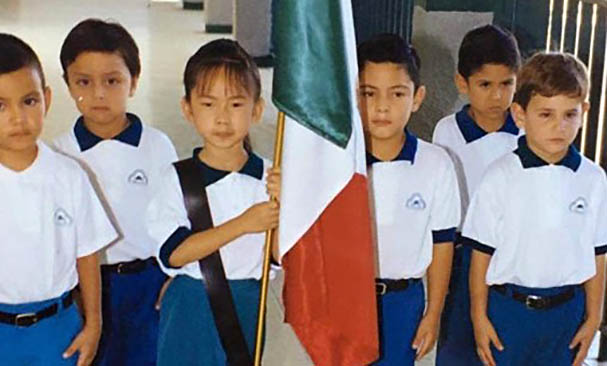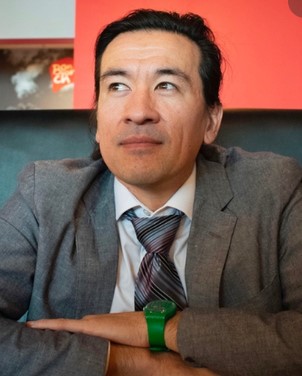The weekly newsletter of the México Solidarity Project

| September 1, 2021/ This week’s issue/ Meizhu Lui, for the editorial team |
My Chinese-American son grew up facing a mocking schoolyard sneer: “You’re not white, you’re not black, you’re nothing!” For kids growing up Chinese, figuring out where you belong — and how to belong — can really get hard. So they grow up mixed-up.
This dynamic of being literally “out of place” has deep roots. In both the US and México, the first generation of Chinese — the workers who tunneled through mountain rock and traversed blistering deserts laying the rails that would bring products and profits throughout the US and México — found no welcome mats or thank-you casseroles. Both the US and México wanted the Chinese to “go home.” In the 1930s, México deported 70 percent of Chinese-Mexicans, including those of mixed race. They didn’t “fit” with the Mexican racial order.
And what order did that happen to be? After the Revolution, México decided on mestizo as its national identity. Mestizo means “mixed,” but not just any old mix, just specifically the mix between European Spanish colonizers and México’s indigenous peoples. Unlike the US, México didn’t make it illegal for the Chinese to marry someone of another race. But if they did, if they married a Spanish or indigenous mate, their children would still not fit in. In the eyes of Mexican society, better that they “go home,” an all-too-frequent taunt yelled at me as an American-born Chinese.
Today, with people migrating around the globe at an ever faster pace, we’re seeing ever more mixing. Let’s create societies where mixed-race children can be fully accepted and proud of their mix. Instead of just mixed-up.

Historian Jason Chang, in his 2017 book Chino: Anti-Chinese Racism in Mexico, 1880-1940, explores how the racial image of the Chinese has shifted since the Mexican Revolution — and how anti-Chinese racism, antichinismo, has influenced the evolution of México’s mestizo national identity. Chang currently directs the University of Connecticut’s Asian and Asian American Studies Institute.
In many tiny villages around the world, you’ll be surprised to find a Chinese restaurant! When did the Chinese arrive in México?

Haga clic aquí para leer más!